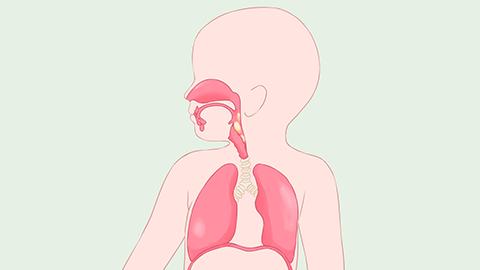How is septic shock in children treated?
Generally, septic shock in children is a serious clinical condition, commonly associated with factors such as otitis media, pneumonia, systemic lupus erythematosus, meningitis, and sepsis. It can be relieved through general treatment, medication, and other methods under a doctor's instructions. If discomfort occurs, prompt medical attention is recommended. The detailed analysis is as follows:

1. Otitis Media
Otitis media occurs due to bacterial invasion of the ear caused by poor ear care. When the inflammatory response continues to increase, it can lead to fluid accumulation in the middle ear and perforation of the eardrum, which may affect blood circulation and cause the above-mentioned discomfort. It may be accompanied by symptoms such as ear pain and dizziness. Treatment should follow medical advice to use medications such as Cefaclor dry suspension, Ofloxacin ear drops, and Paracetamol oral solution.
2. Pneumonia
Pneumonia is caused by bacterial or viral pathogens invading the lungs. When the condition worsens and develops into severe pneumonia, it may cause lung tissue damage and dysfunction, thereby affecting blood circulation and leading to septic shock. It is usually accompanied by symptoms such as high fever and cough. Treatment should follow the doctor's guidance and use medications such as Cefotaxime Sodium for injection, antiviral granules, and Ambroxol Hydrochloride for injection.
3. Systemic Lupus Erythematosus
Systemic lupus erythematosus results from abnormal immune system function. When the body's immunity decreases, the risk of infection increases, which may lead to septic shock. It may be accompanied by symptoms such as joint pain and rash. Treatment can follow medical advice to use medications such as Ceftriaxone Sodium for injection, Ifosfamide for injection, and Dexamethasone Sodium Phosphate Injection.
4. Meningitis
Meningitis is usually caused by bacterial or viral infection. After the pathogens invade the meninges and brain tissue, intracranial pressure increases and brain function becomes impaired, leading to the discomfort mentioned above. Symptoms such as vomiting and impaired consciousness may also occur. Prompt treatment according to the doctor's recommendation is necessary, using medications such as Penicillin Sodium for injection, Acyclovir Injection, and Mannitol Injection.
5. Sepsis
Sepsis occurs when pathogens enter the bloodstream and multiply there. If not treated promptly, it may lead to septic shock, accompanied by symptoms such as high fever and chills. Timely treatment following medical guidance is necessary, using medications such as Ceftriaxone Sodium Injection, Thymopeptide Injection, and Norvancomycin Hydrochloride for Injection.
It should be noted that the treatment of septic shock in children needs to be determined based on multiple factors, and self-medication should be avoided. Additionally, vital signs, including respiration, pulse, and heart rate, should be monitored regularly during treatment.






